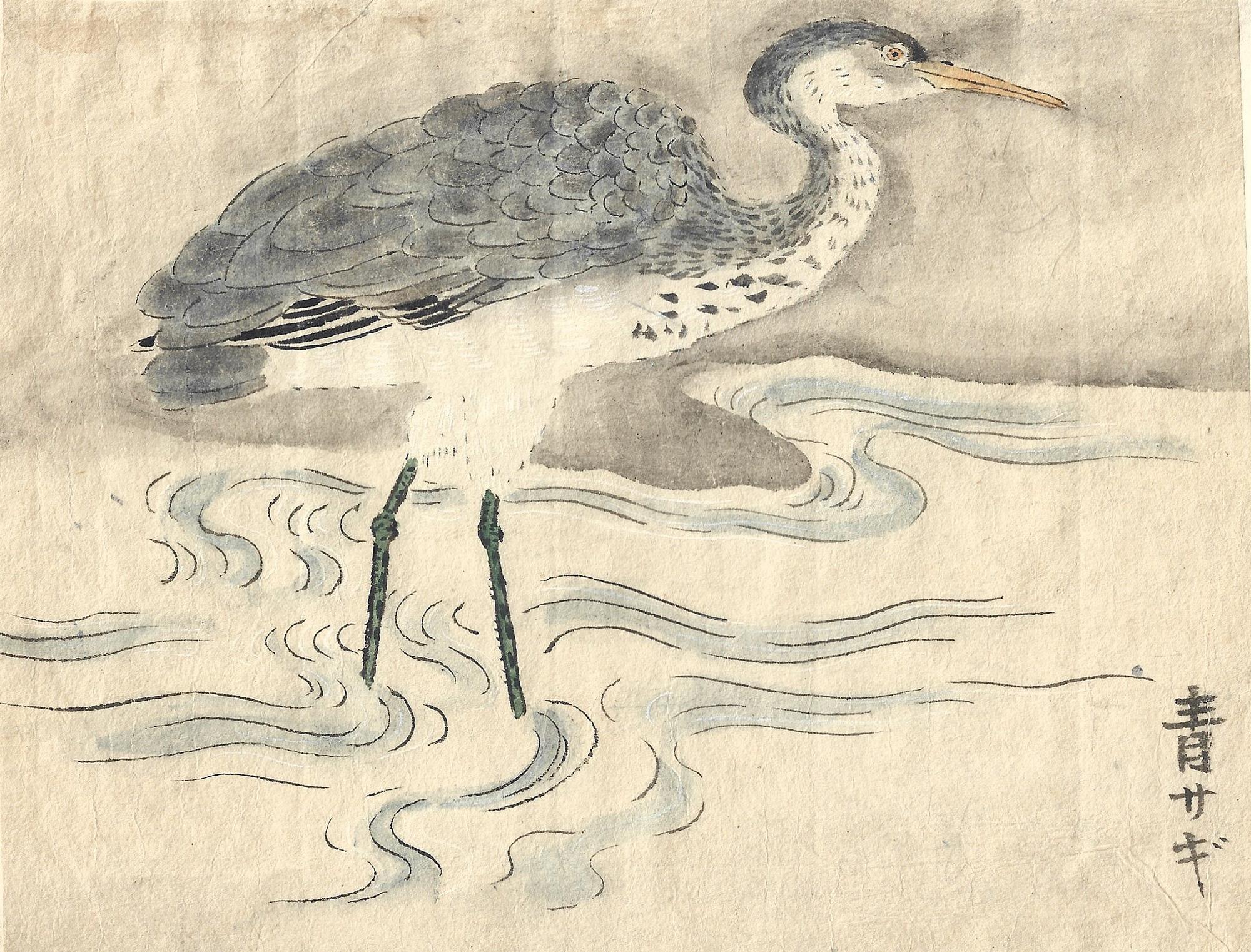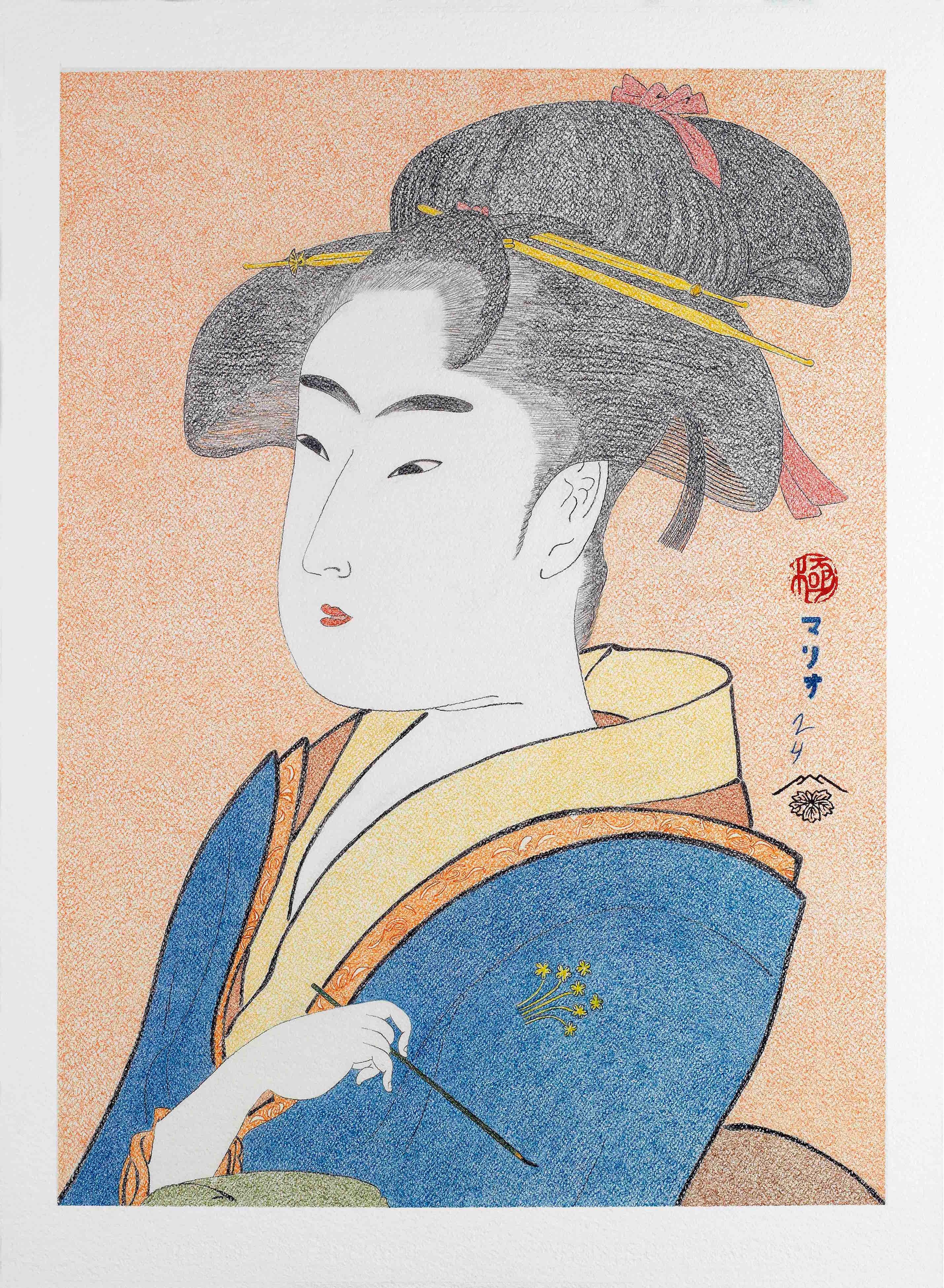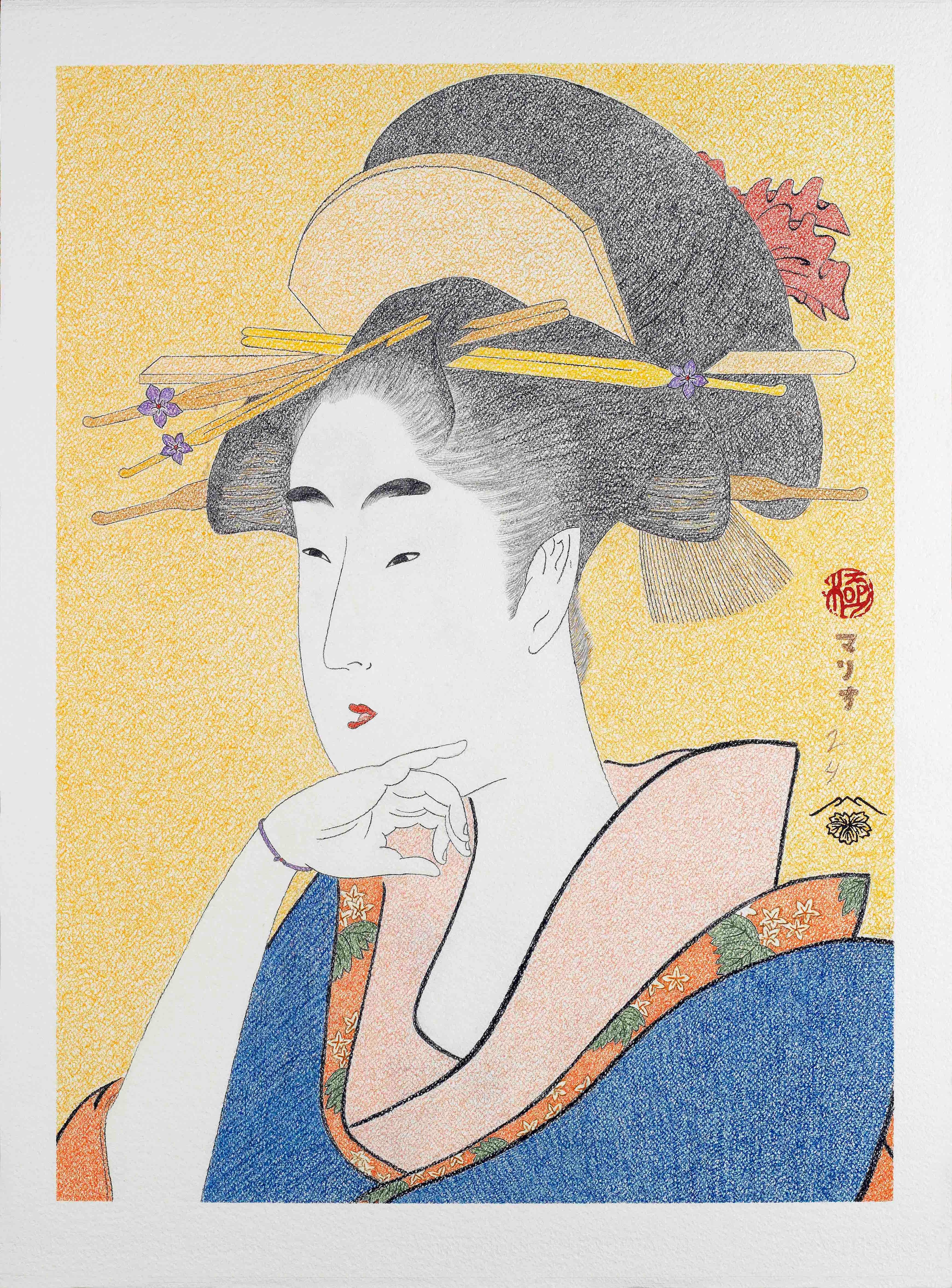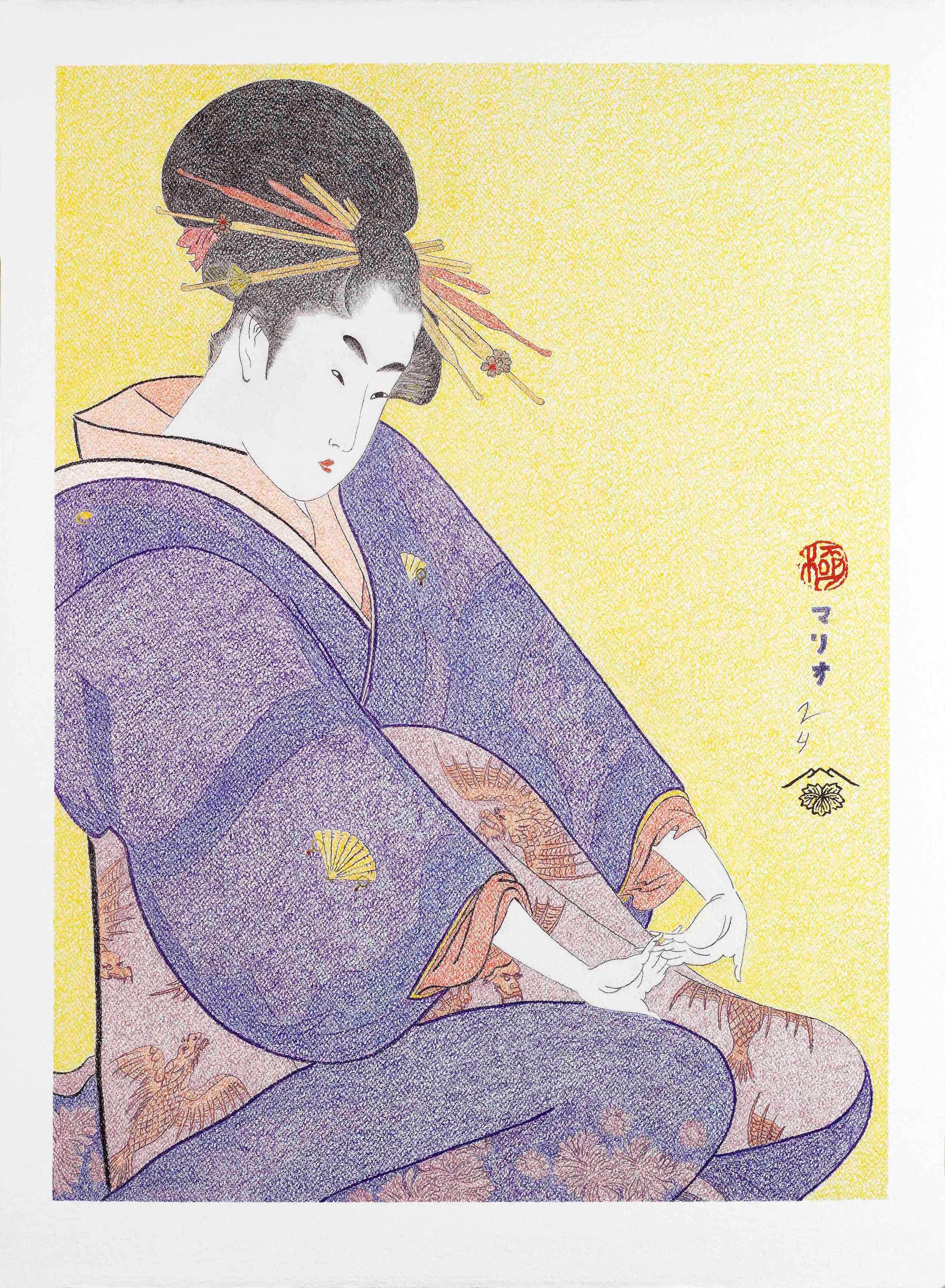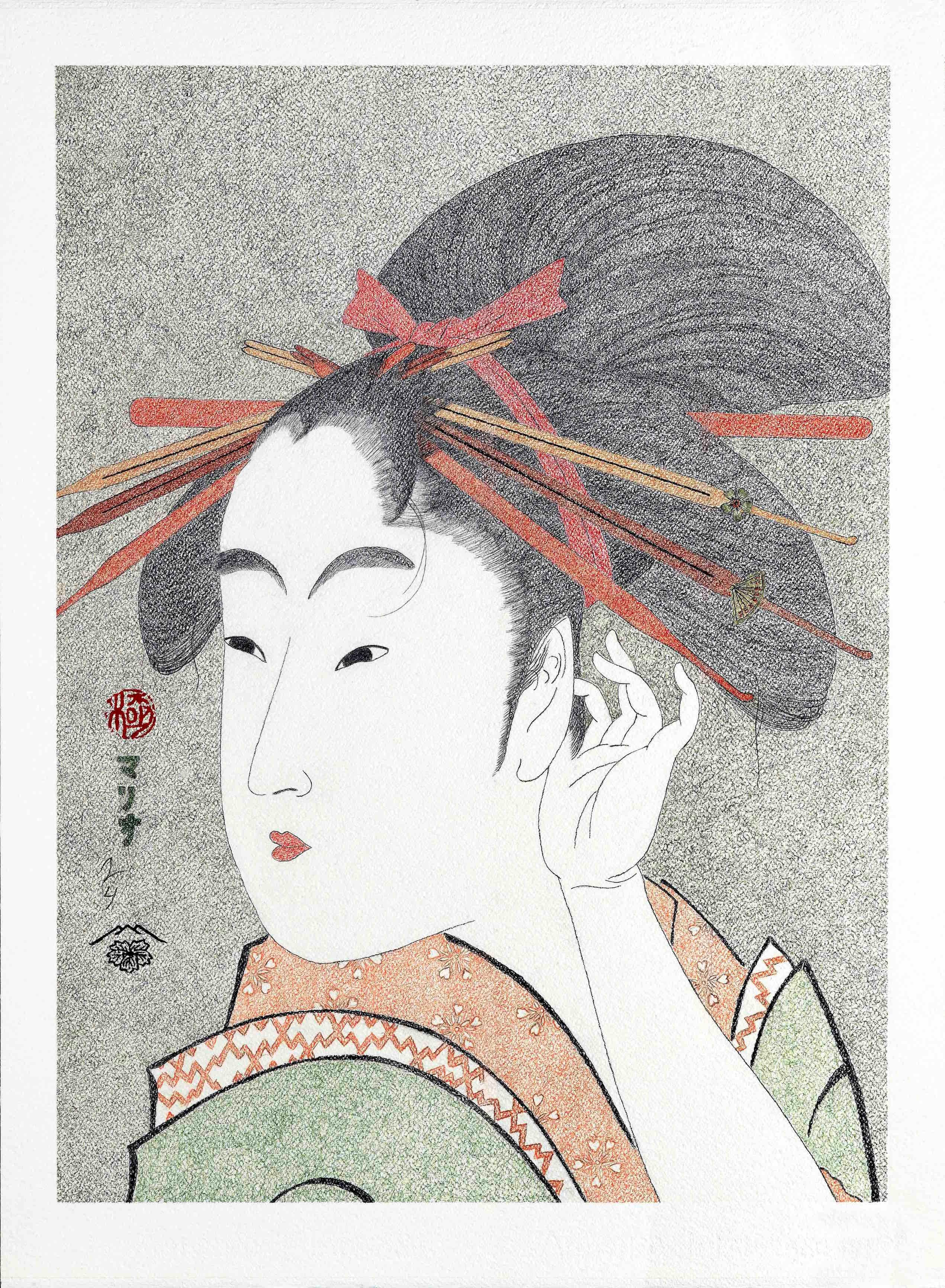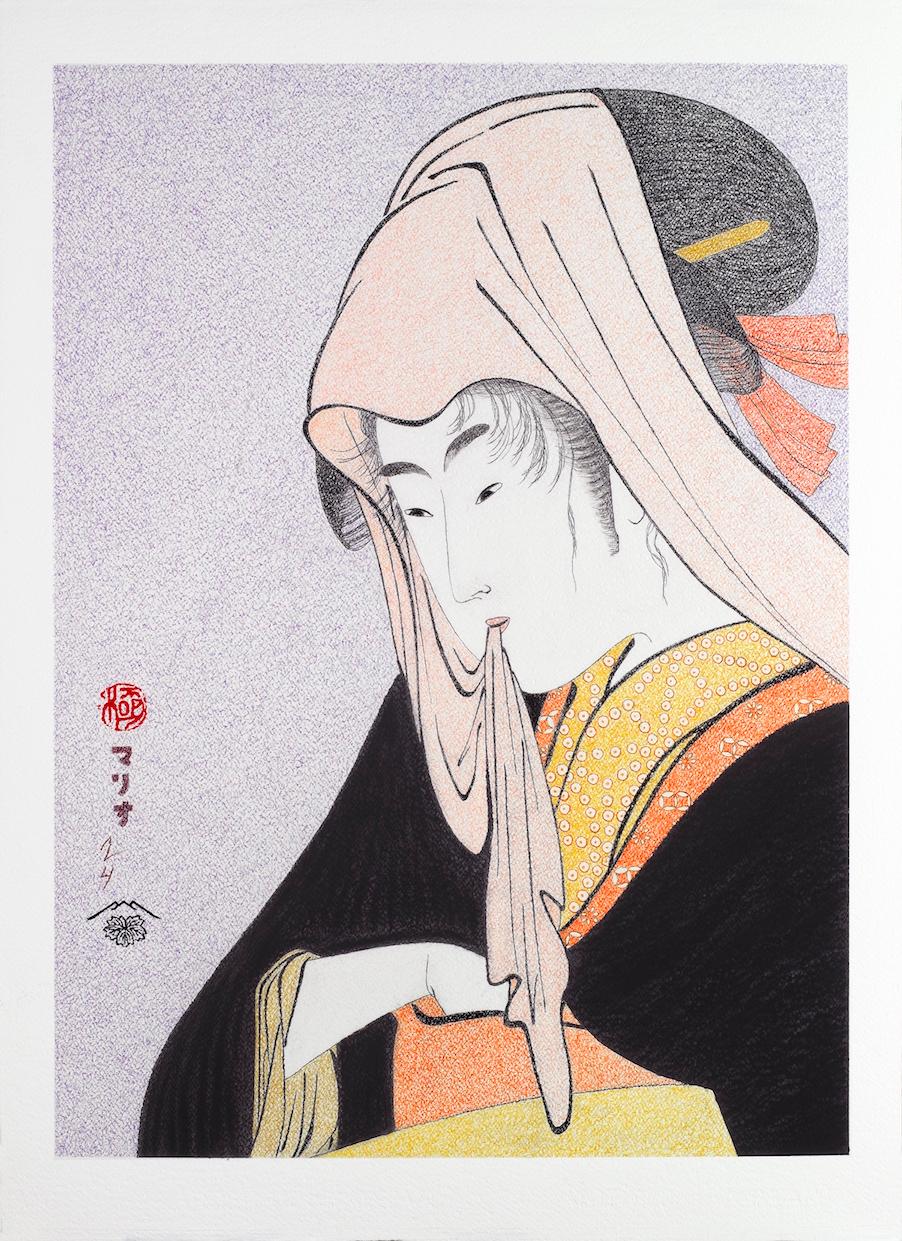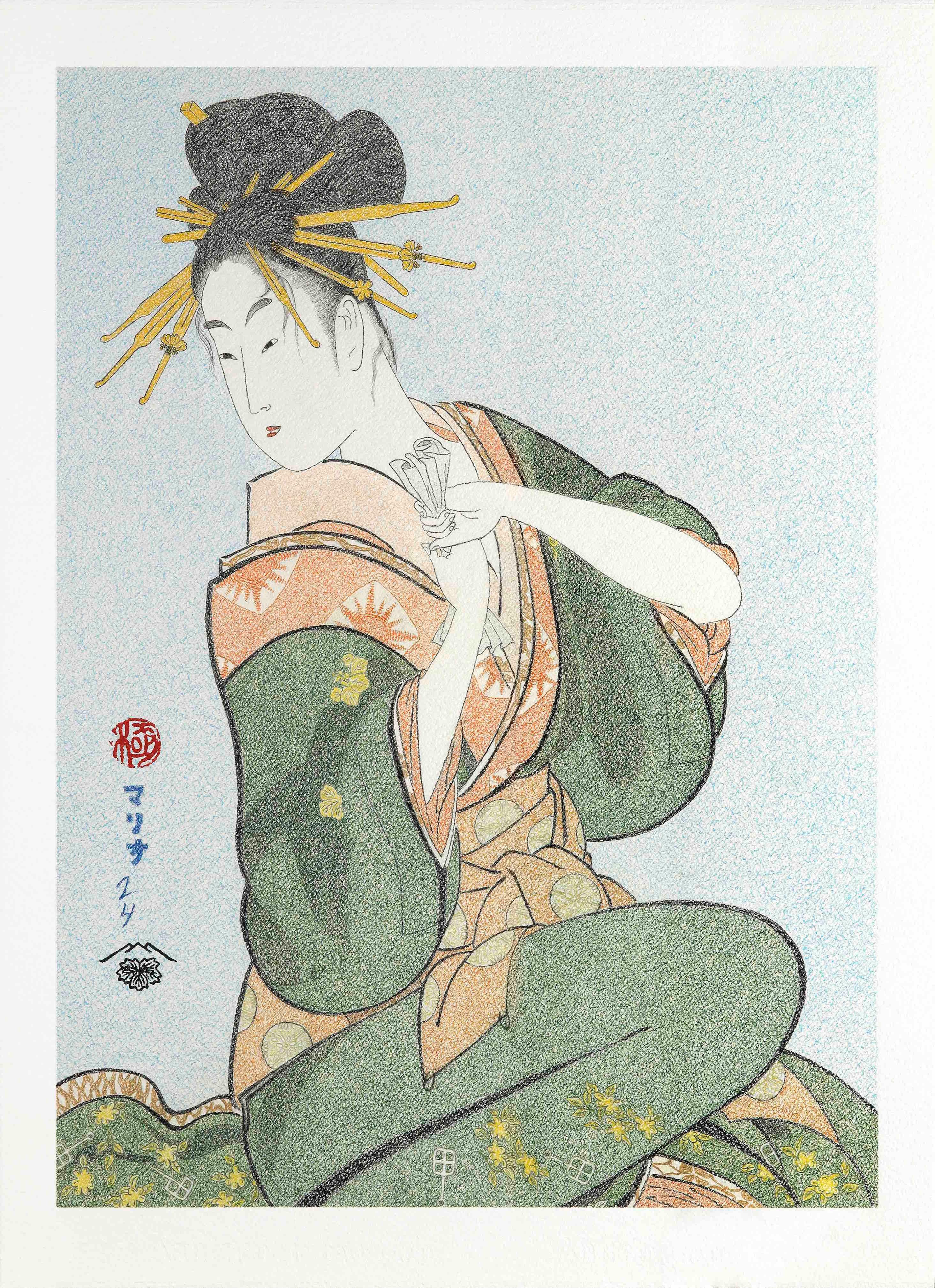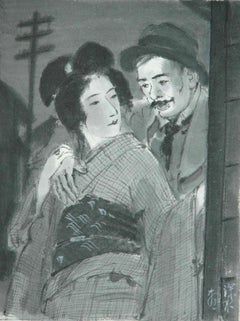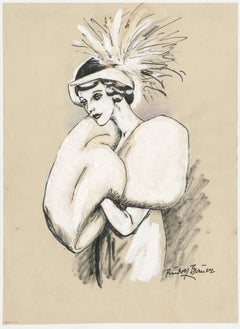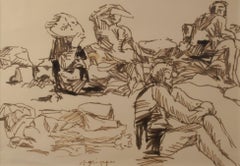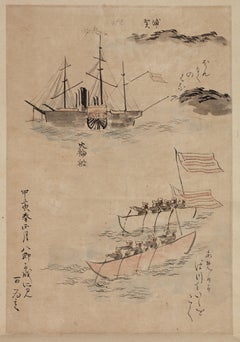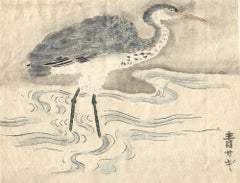
Couple Embracing in Street at Night
View Similar Items
Want more images or videos?
Request additional images or videos from the seller
1 of 5
Ito ShinsuiCouple Embracing in Street at Night1928
1928
About the Item
- Creator:Ito Shinsui (1898 - 1972, Japanese)
- Creation Year:1928
- Dimensions:Height: 6.75 in (17.15 cm)Width: 5.375 in (13.66 cm)
- Medium:
- Movement & Style:
- Period:
- Condition:Excellent Archival framing and presentation.
- Gallery Location:Fairlawn, OH
- Reference Number:Seller: UK10731stDibs: LU1406173332
About the Seller
5.0
Recognized Seller
These prestigious sellers are industry leaders and represent the highest echelon for item quality and design.
Platinum Seller
These expertly vetted sellers are 1stDibs' most experienced sellers and are rated highest by our customers.
Established in 1978
1stDibs seller since 2013
713 sales on 1stDibs
Typical response time: 1 hour
Associations
International Fine Print Dealers Association
More From This SellerView All
- Couple Embracing in Street at NightBy Ito ShinsuiLocated in Fairlawn, OHSumi ink drawing, c. 1928 Signed in the lower right corner (see detail) Original illustration for the novel "Gunmo" (Hoi Polloi or Blind and Foolish Masses), volume 4 in the "Complet...Category
1920s Edo Figurative Drawings and Watercolors
MaterialsSumi Ink
- Woman in a Fur WrapBy Rudolf BauerLocated in Fairlawn, OHWoman in a Fur Wrap Pen and ink heightened with white, c. 1920 Signed in ink lower right (see photo) Estate stamp verso (see photo) Provenance: estate of the artist Borghi & Company, New York Condition: excellent Sheet/Image size: 11 1/8 x 8 1/8 inches Rudolph Bauer 1889-1953 "Rudolf Bauer was born in Lindenwald near Bromberg, Silesia, in 1889 but his family moved only a few years later to Berlin. In 1905 Bauer began his studies at the Berlin Academy of Art but left the Academy only a few months later to educate himself. The upshot was paintings, caricatures and comical drawings which were published in 'Berliner Tageblatt', 'Ulk' and 'Le Figaro'. From 1912 Bauer contributed to the magazine and Gallery 'Der Sturm' founded by Herwarth Walden and pivotal to German Expressionism and the international avant-garde. In 1915 Rudolf Bauer participated for the first time in a group show at Walden's gallery. There he met Hilla von Rebay...Category
1920s Art Deco Figurative Drawings and Watercolors
MaterialsInk
- Provincetown (Sunbathing)By Peter GrippeLocated in Fairlawn, OHProvincetown (Sunbathing) Sepia ink on tan paper, 1966 Signed in ink lower center (see photo) Exhibited: Art from Lexington Homes, Lincoln Massachusetts...Category
1960s American Modern Figurative Drawings and Watercolors
MaterialsInk
- Untitled (Joe Louis knocking out Max Schmeling in 1938 rematch)By Fletcher MartinLocated in Fairlawn, OHUntitled (Joe Louis knocking out Max Schmeling in 1938 rematch) Pen and ink with wash on heavy wove sketchbook paper, 1938 Signed lower right: Fletcher Martin Directly related to Martin's famous painting of 1942 entitled "Lullaby", which was also used in the lithograph of the same name. (see photo) The drawing depicts the third and final knockdown of Max Schmeling in their rematch of 1938. Condition: Mat staining at the edges of the sketchbook page edges Toning to verso from previous framing. Does not affect framed presentation "It was here that Louis first used sport to bridge America's cavernous racial divide. With Hitler on the march in Europe and using Schmeling's victory over Louis as proof of “Aryan supremacy,” anti-Nazi sentiment ran high in the States. Louis had long grown accustomed to the pressures of representing his race but here the burdens were broader and deeper. Now he was shouldering the hopes of an entire nation. A few weeks before the match Louis visited the White House and U.S. President Franklin Delano Roosevelt, whose tenure lasted even longer than Louis' would, told him, “Joe, we need muscles like yours to beat Germany.” Those muscles certainly beat Schmeling on fight night...Category
1930s American Realist Figurative Drawings and Watercolors
MaterialsInk
- Joe "I try to get something accomplished everyday. I ask the Good Lord...By Sedrick HuckabyLocated in Fairlawn, OHJoe "I try to get something accomplished everyday. I ask the Good Lord for Patience and Stregnth" Verso: "I was in for a technical violation. I spent 65 days, but I thank the Lor...Category
2010s Contemporary Figurative Drawings and Watercolors
MaterialsInk
- Bull Ring Brass - Mexico CityBy Stephen LongstreetLocated in Fairlawn, OHBull Ring Brass - Mexico City Watercolor, pen and ink on paper, 1955 Signed in ink, dated and titled in pencil (see photos) Condition: 1'' repaired tear left edge, along with other minor tears. Tape stains from previous matting visible in the four corners Image/Sheet size: 19 3/8 x 15 5/8 inches Provenance: Acquired directly from the Artist Joseph M. Erdelac, Cleveland, friend and patron of Longstreet Stephen Longstreet (1907-2002) The artist’s own grandchildren attempt to fathom the real life and nature of Stephen Longstreet, prolific author, artist, screenplay writer, and jazz aficionado. Born Chauncy Weiner (sometimes spelled Wiener) in New York City in 1907, Longstreet reinvented himself on a regular basis. Changing his name first to “Henry,” then “Henri,” he started his career as a commercial artist for a department store. In various public biographies he claimed to have studied in New York, London, and Paris, and said he was a student of cartoonist Ralph Barton (1891-1931). Facts that can be documented are that he was art editor for Golfer and Sportsman magazines, and was a contributor to various other magazines including The New Yorker, Saturday Evening Post, Colliers, Life, and Hooey, among others. He wrote sketches for NBC radio and the Rudy Vallee Show. In the 1930s, Longstreet worked and wrote under the names Thomas Burton, David Ormsbee, and Paul Haggard...Category
1950s American Modern Figurative Drawings and Watercolors
MaterialsIndia Ink, Watercolor, Pen
You May Also Like
- Scroll painting of the American ship commanded by Commodore Matthew PerryLocated in Amsterdam, NLAttributed to Ukita Ikkei (1795-1859) Hanging scroll painting of the American ship commanded by Commodore Matthew Perry in Uraga Bay, annotate...Category
Mid-19th Century Edo Figurative Drawings and Watercolors
MaterialsInk, Paper
Price Upon RequestFree Shipping - A heron fishing – Edo School, 19th centuryLocated in Middletown, NYInk and watercolor on fibrous Japon paper laid down to period cream laid paper, 6 x 7 1/2 inches (155 x 190 mm). Minor toning and some insect damage on the mount, painting itself rem...Category
Mid-19th Century Edo Animal Drawings and Watercolors
MaterialsWatercolor, Laid Paper, Handmade Paper, Ink
- Japanese Art Ukiyo-e Figurative Painting, The courtese Hinakoto, Edo periodLocated in Segovia, ESBijin-ga series XXI (Nº 21) Title: The courtese Hinakoto of the Hyôgorô House of Edo The courtesan Hinakoto is depicted by smoking tobacco. She takes the pipe delicately in her left hand and, in her right hand, she seems to be holding a “uchiwa” (rigid hand fan) that comes out from the bottom of the drawing, decorated with written calligraphy. Some strands of hair that fall on her temple and her scant clothing show that the painter has surprised her in a relaxed moment in which she does not lose her elegance and slenderness. This image is part of the bijin-ga series (“Pretty women”) drawn by Mario BGil, based in the Kitigawa Utamaro woodblock print...Category
2010s Edo Figurative Drawings and Watercolors
MaterialsCrayon, Paper, Oil Crayon, Graphite
- Japanese Art Ukiyo-e Figurative Painting, Tomimoto Toyohina, Edo periodLocated in Segovia, ESBijing-Ga series XXVII (Nº 27) Title: Tomomoto Toyohina Tomimoto Toyohina was a much sought-after geisha (entertainer) who performed narrative ballads accompanied by the shamisen. She was one of several non-prostitute beauties, including teahouse waitresses, whom Utamaro depicted repeatedly in the early to mid 1790s. She appears here with a brush in hand, dressed and combed with simple elegance. This composition is from a six-print series comprising half-length portraits of famous beauties (Famous beauties of Edo). Utamaro elevated Tomimoto Toyohina to the status of one of the three most renowned beauties of her age (together with Okita and Ohisa). She was from a prominent family of musicians that provided entertainment in the Yoshiwara. Toyohina’s appeal undoubtedly was as much due to her appearance as to her skills in singing, and Utamaro’s celebration of her would have further elevated the status of an already well-known lineage. This image is part of the bijin-ga series (“Pretty women”) drawn by Mario BGil, based in the Kitigawa Utamaro woodblock print...Category
2010s Edo Figurative Drawings and Watercolors
MaterialsCrayon, Paper, Oil Crayon, Graphite
- Japanese Art Ikiyo-e Figurative Painting, Obvious Love Arawaruru Koi, Edo periodLocated in Segovia, ESBIJIN-GA SERIES XVIII (Nº 18) Title: Obvious Love (Arawaruru Koi) This image is part of the bijin-ga series (“Pretty women”) drawn by Mario BGil, based in the Kitigawa Utamaro woodblock print Obvious Love (Arawaruru Koi) (1793-94); 38,8 x 26,2 cm.. Art Institute Chicago, USA. A sensual woman seems to care little that her kimono is open, exposing a breast. Her hair is in disarray , the hairpin at the front about to fall and she holds one of the hairpins in her left hand. She appears to be looking down outside the frame of the picture, perhaps in mid-conversation. The term “arawaruru” refers to a love so wholehearted that it expresses itself in the lover´s face and mannerisms. In the 1780's and 90's the publisher Tsutaya Juzaburo and the designer Kitagawa Utamaro worked together on the production of many woodblock prints, most of them of the bijin-ga type. One of their most popular productions was a set of images that purported to depict psychological classifications of women - 'fickle', 'interesting', etc.. Perhaps in response to this success, they then came up with something similar - a set of prints...Category
2010s Edo Figurative Drawings and Watercolors
MaterialsPaper, Graphite, Crayon, Oil Crayon
- Japanese Art Ukiyo-e Figurative Painting, Bijin Ôkubi, Edo PeriodLocated in Segovia, ESBijin-ga series XXIX (Nº 29) Title: Bijin Ôkubi Upper torso portrait of a Japanese beauty, depicted with a graceful hand gesture and an ornate headdress. Her soft round features contrast with the colourful sharp angles of the collars of her kimono. Her elongated oval face, straight nose and red butterfly lips are typical of the prototype of a beautiful woman, Bijin-ga. Her upper torso and face occupying the central section of the picture show a composition type that became known in time as Large-head pictures, or Okubi-e; compositions with which Utamaro became a model for generations of woodblock artists. This image is part of the Bijin-ga series (“Pretty women”) drawn by Mario BGil, based in the Kitigawa Utamaro woodblock print...Category
2010s Edo Figurative Drawings and Watercolors
MaterialsCrayon, Paper, Oil Crayon, Graphite


